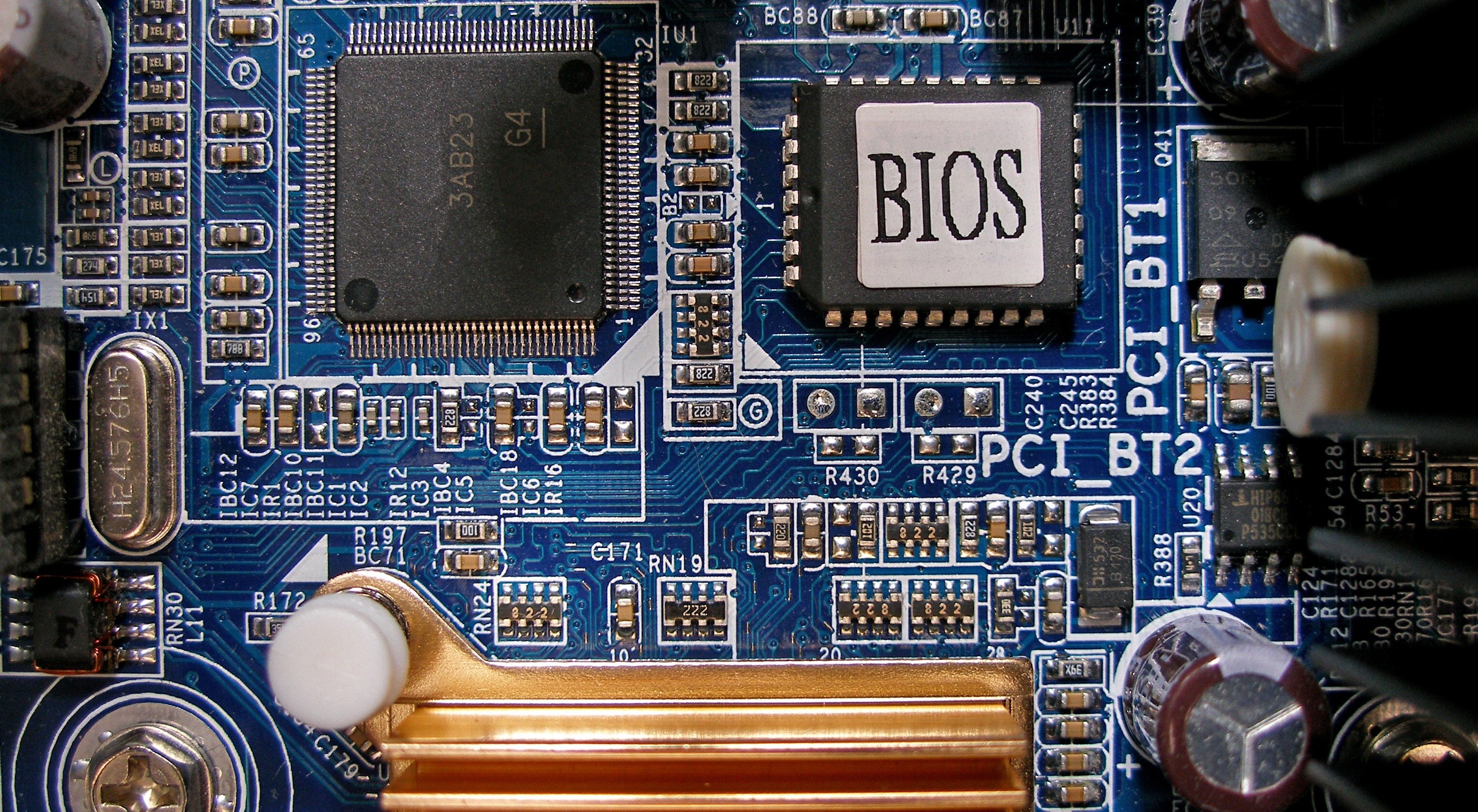Step 1: Enter your computer’s BIOS setup utility for Changing the System Boot Order. Step 2: Navigate to the boot order menu in the BIOS. Step 3: Change the boot order. Step 4: Save your changes.
How do I change BIOS boot preferences?
Changing the UEFI Boot Order From the System Utilities screen, select System Configuration > BIOS/Platform Configuration (RBSU) > Boot Options > UEFI Boot Order and press Enter. Use the arrow keys to navigate within the boot order list. Press the + key to move an item up in the boot list.
How do I change boot options?
To edit boot options in Windows, use BCDEdit (BCDEdit.exe), a tool included with Windows. To use BCDEdit, you must be a member of the Administrators group on the computer. You can also use the System Configuration Utility (MSConfig.exe) to change the startup settings.
How do I boot from a different BIOS?
Method 2: In the BIOS, Look for the boot menu. This shows you the order your computer goes through when looking for a bootable device, from top to bottom. Please select an item with the cursor keys and press Enter to change it, then choose the desired boot device.
How do I choose which disk to boot from?
Hold down the Shift key and restart the PC. It would help if you got the Windows 10 boot options screen. One of the choices is “Choose a different operating system”, which allows you to choose a different installation of Windows.
How do I change the boot drive without BIOS?
Installing each operating system on a separate drive allows you to switch between the two by selecting a different purpose each time you boot without entering the BIOS. If you use the storage drive, you can use the Windows Boot Manager menu to choose the operating system when you start your computer without entering the BIOS.
How do I boot from another disk?
From Windows, hold down the Shift key and click the “Restart” option in the Start menu or on the login screen. Your PC will reboot into the boot options menu. Select the “Use a device” option on this screen, and choose a device to boot from, such as a USB drive, DVD, or network boot.

How do I fix the editing boot options?
Windows – Editing Boot Options Go to the Start menu, type msconfig in the search box and press Enter. Click the Startup tab. Select the Safe Boot check box under Boot Options. Select the Minimal radio button for Safe Mode or Network for Safe Mode with Networking.
How do I remove boot options?
Remove Boot Options from the UEFI Boot Sequence List. From the System Utilities screen, select System Configuration > BIOS/Platform Configuration (RBSU) > Boot Options > Advanced UEFI Boot Maintenance > Remove Boot Option and press Enter. Select one or more options from the list. Select an option and press Enter.
How do I change Windows boot options?
The steps are as follows: Restart or turn on the computer. Press the key or keys to enter the Setup program. As a reminder, the most commonly used key to enter the Setup program is F1. Choose the menu option or options to display the boot order. Set the boot order. Save the changes and exit the Setup program.
What is UEFI Boot Mode?
UEFI stands for Unified Extensible Firmware Interface. UEFI provides security such as “Secure Boot”, which prevents the computer from booting from unauthorized/unsigned applications. UEFI has discrete driver support, while BIOS has disk support stored in the ROM, so updating BIOS firmware is difficult.
How do I boot from USB into BIOS?
On a Windows PC, Wait a minute. Give it a moment to continue booting, and you should see a menu with a list of choices. Select ‘Boot Device’. You should see a new screen appear called your BIOS. Choose the correct drive. Exit the BIOS. Restart. Restart your computer. Choose the right industry.
Can you have two boot disks?
While most PCs have a single operating system (OS) built in, it is also possible to run two operating systems on one computer simultaneously. The process is known as dual booting and allows users to switch between operating systems depending on the tasks and programs they are working with.
What is the most commonly used startup disk to load the operating system?
The most commonly used boot device or drive is the hard drive. When an operating system (e.g., Microsoft Windows) is installed on the hard drive, it copies the startup files and drivers needed to load Windows onto the computer.
How do I get into the BIOS?
To access the BIOS on a Windows PC, you need to press the BIOS key set by your manufacturer, which can be F10, F2, F12, F1, or DEL. If your PC goes through the self-test boot too quickly, you can also enter the BIOS through the advanced recovery settings of the Windows 10 start menu.
What should my boot priority be?
A typical method to access the BIOS setup screen is to press ESC, F1, F2, F8, F10, or Del during the boot sequence. The first device in the order list has the first boot priority. For example, if you want to boot from a CD-ROM drive instead of a hard drive, put the CD-ROM drive in front of it in the priority list.
How do I change the boot order in Windows 10 BIOS?
Once the computer boots up, go to the firmware settings. Switch to the Startup tab. Here you will see boot priority with a list of connected hard drives, CD/DVD-ROM, and any USB drive. You can change the order by using the arrow keys or + & – on your keyboard. Save and close.

